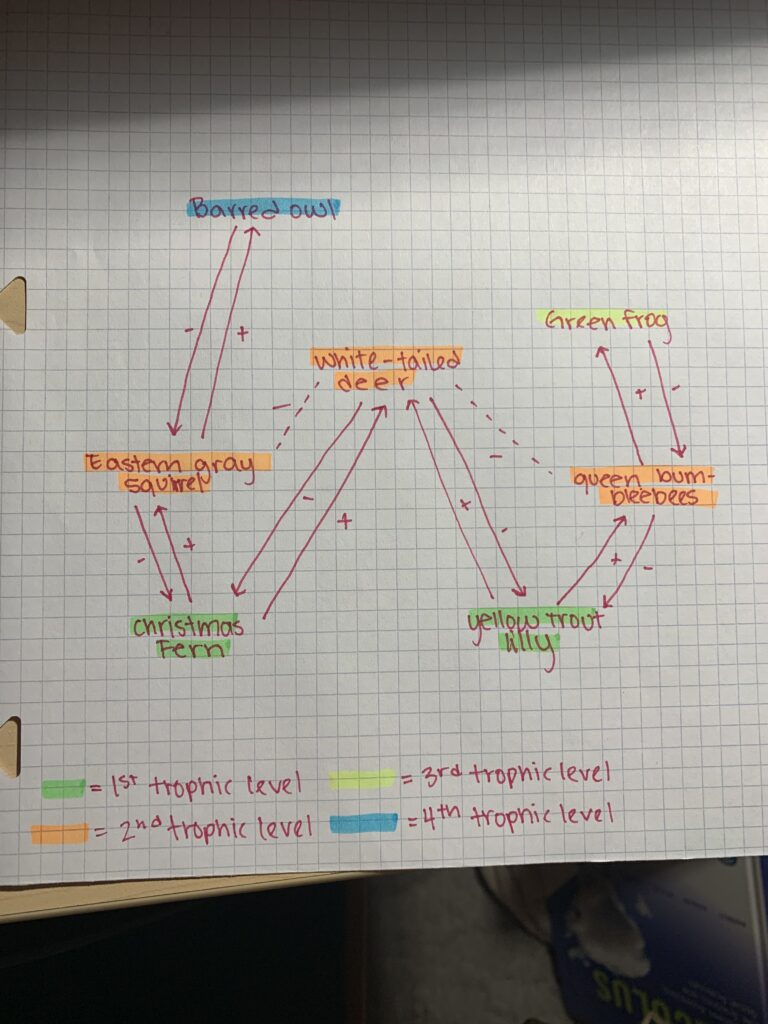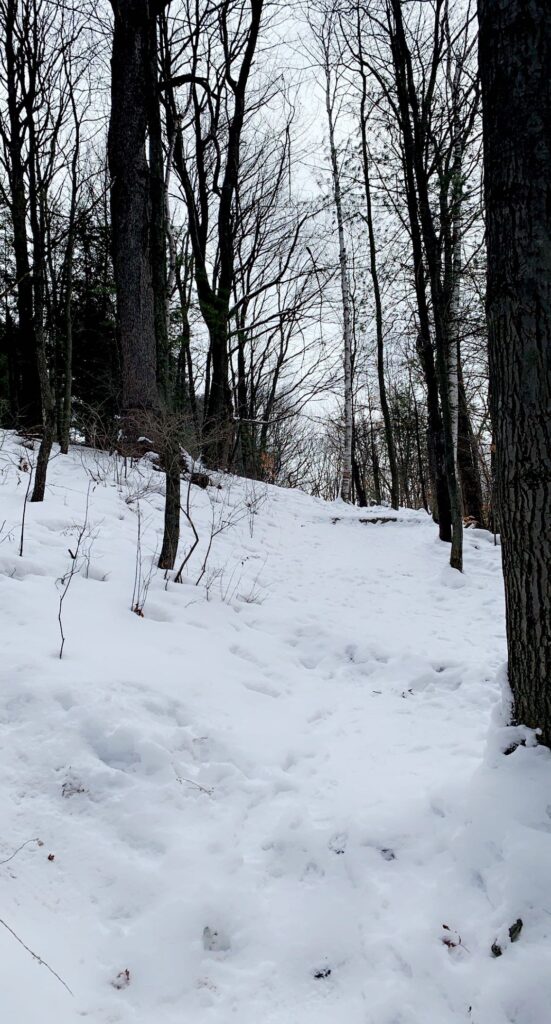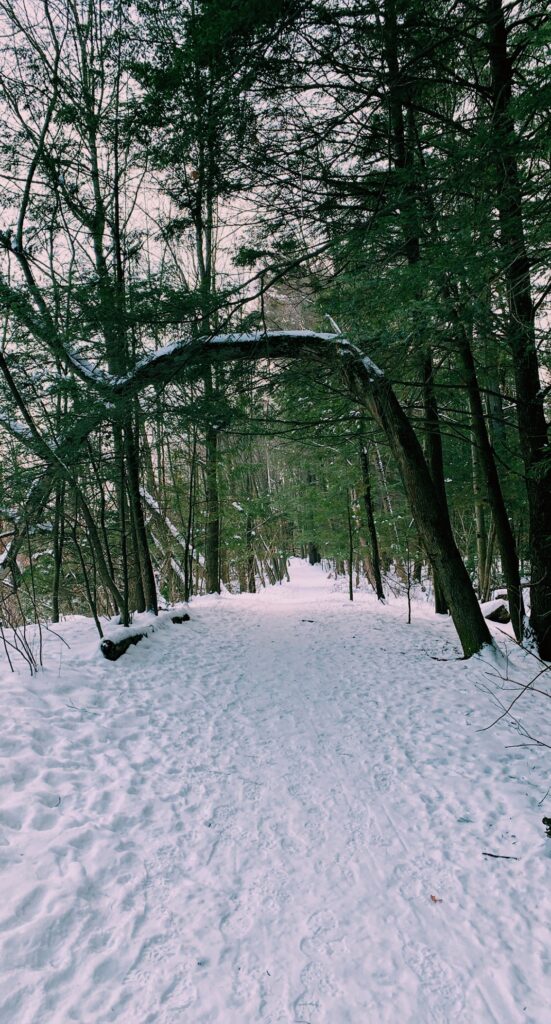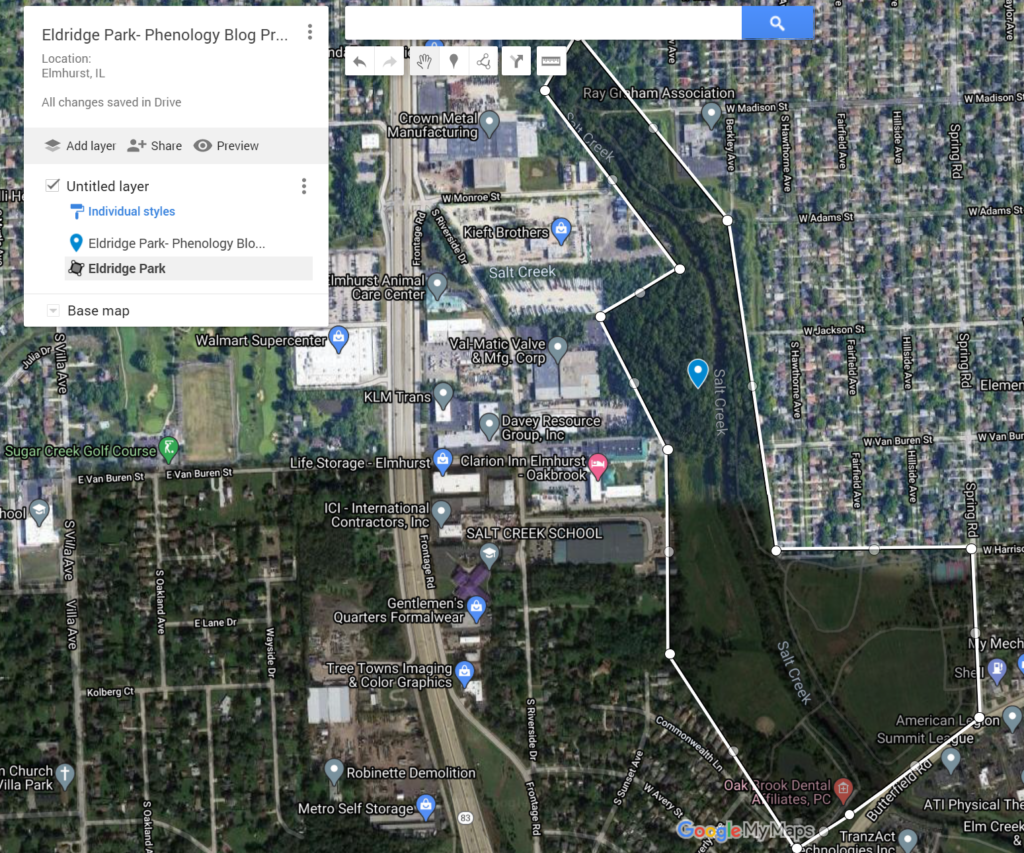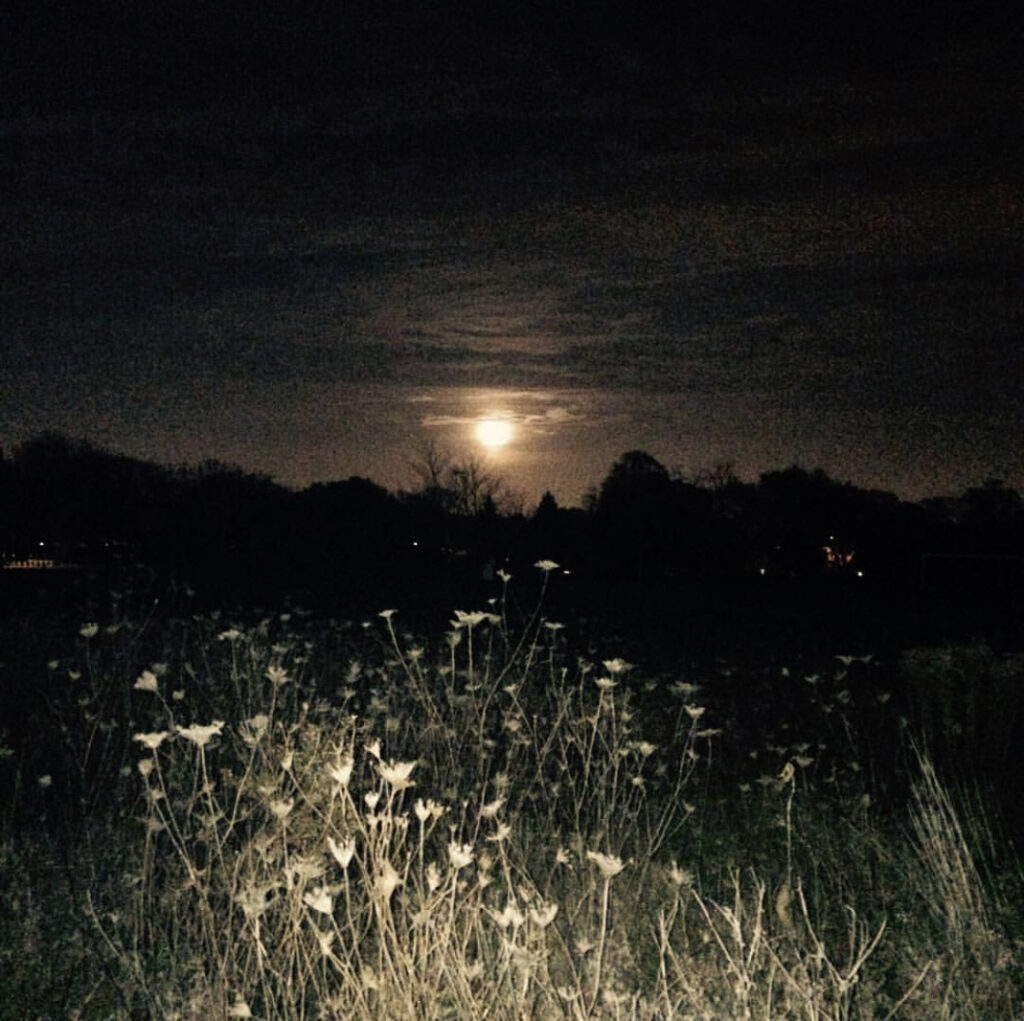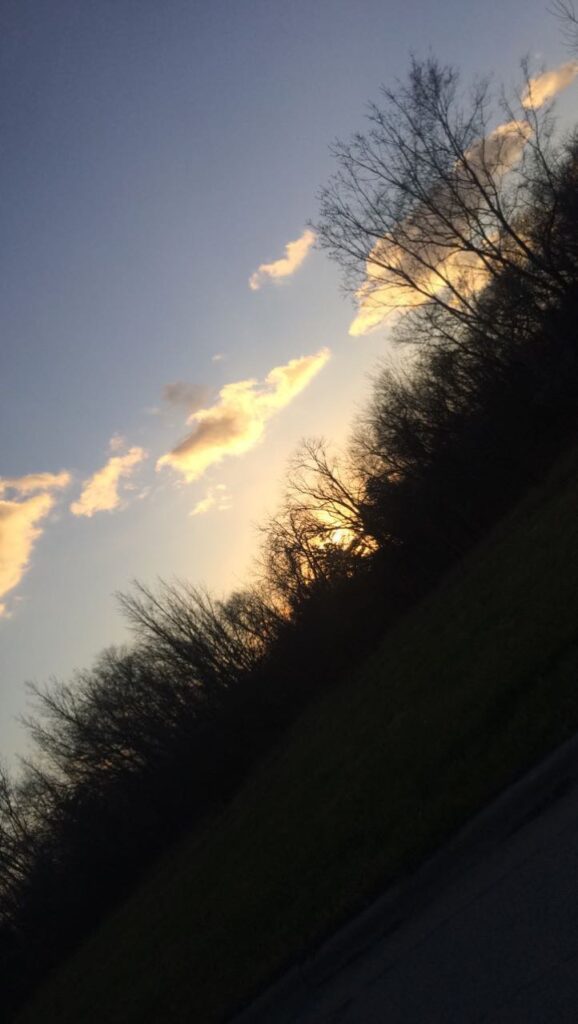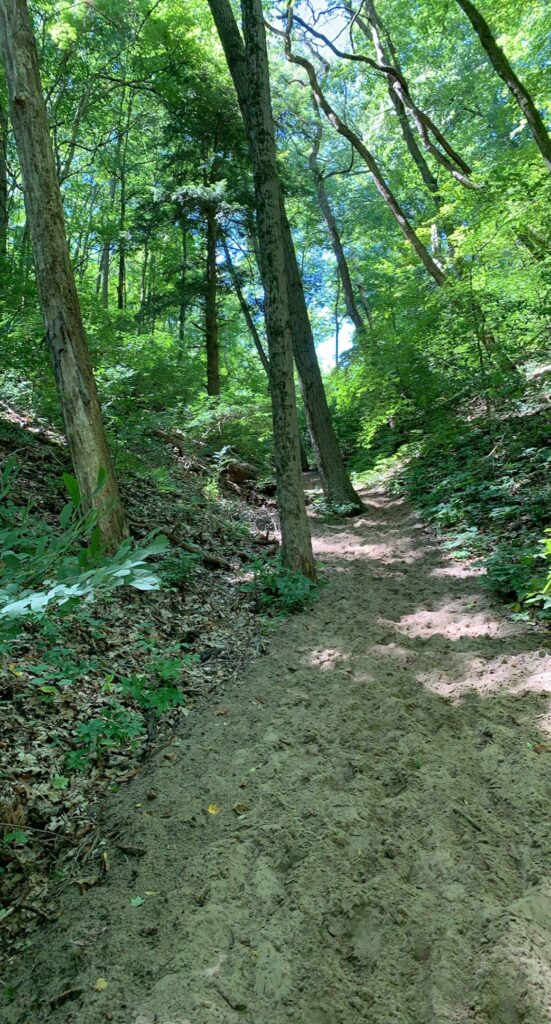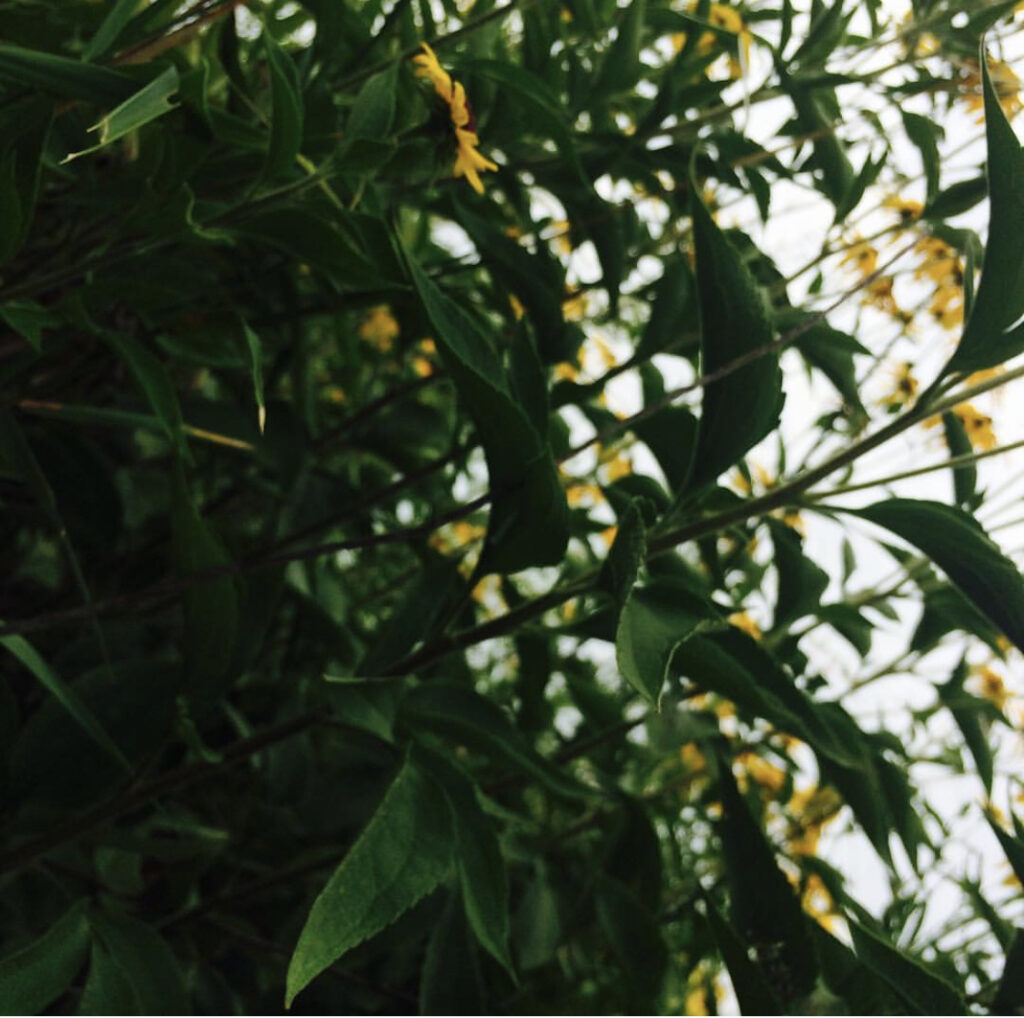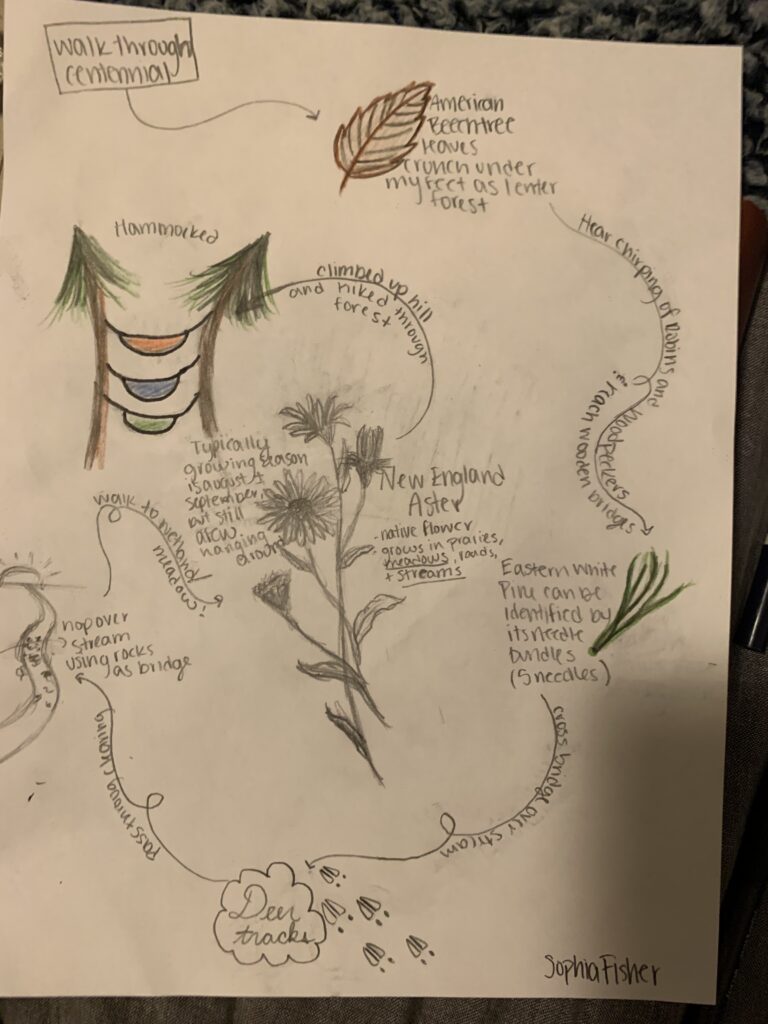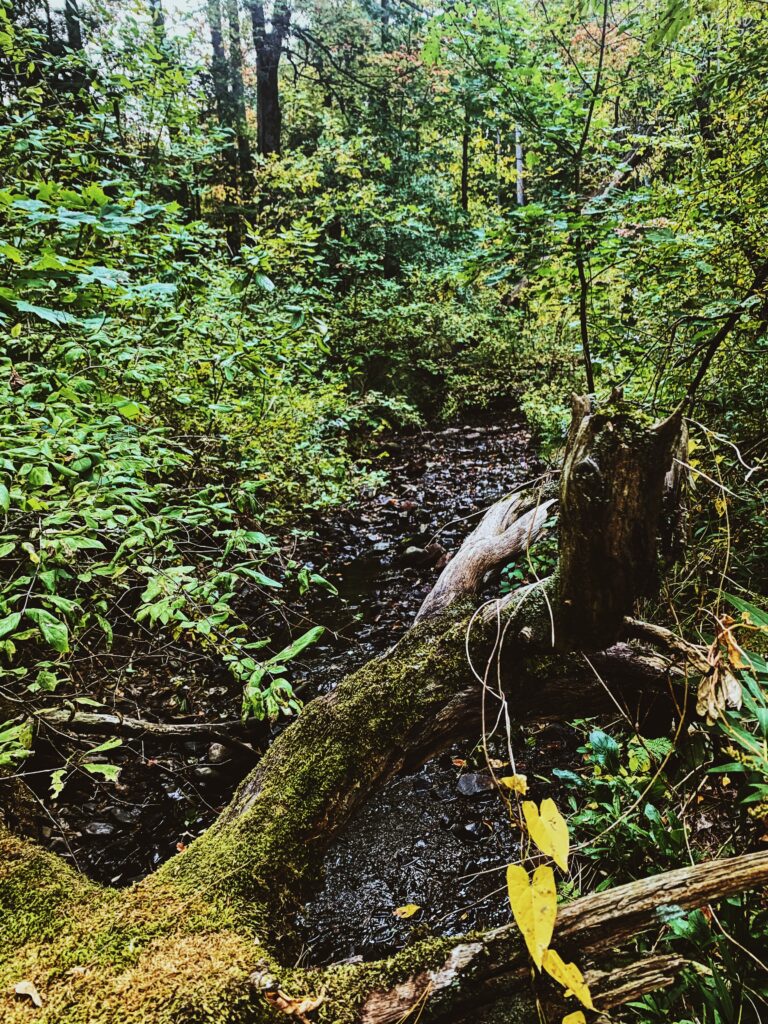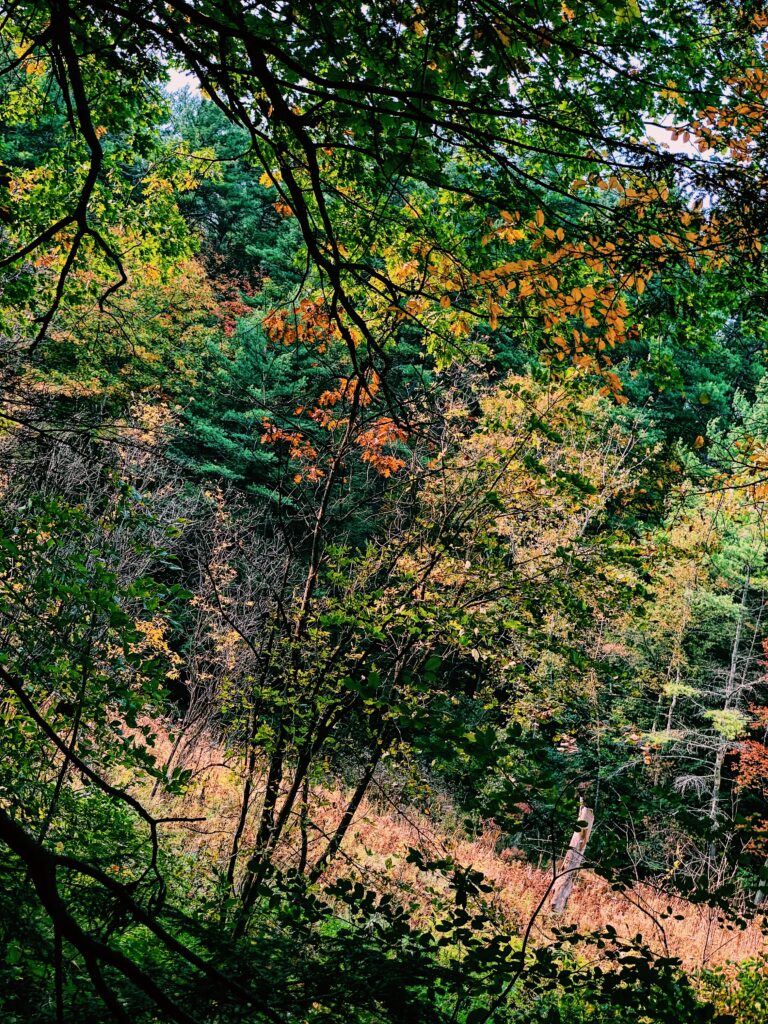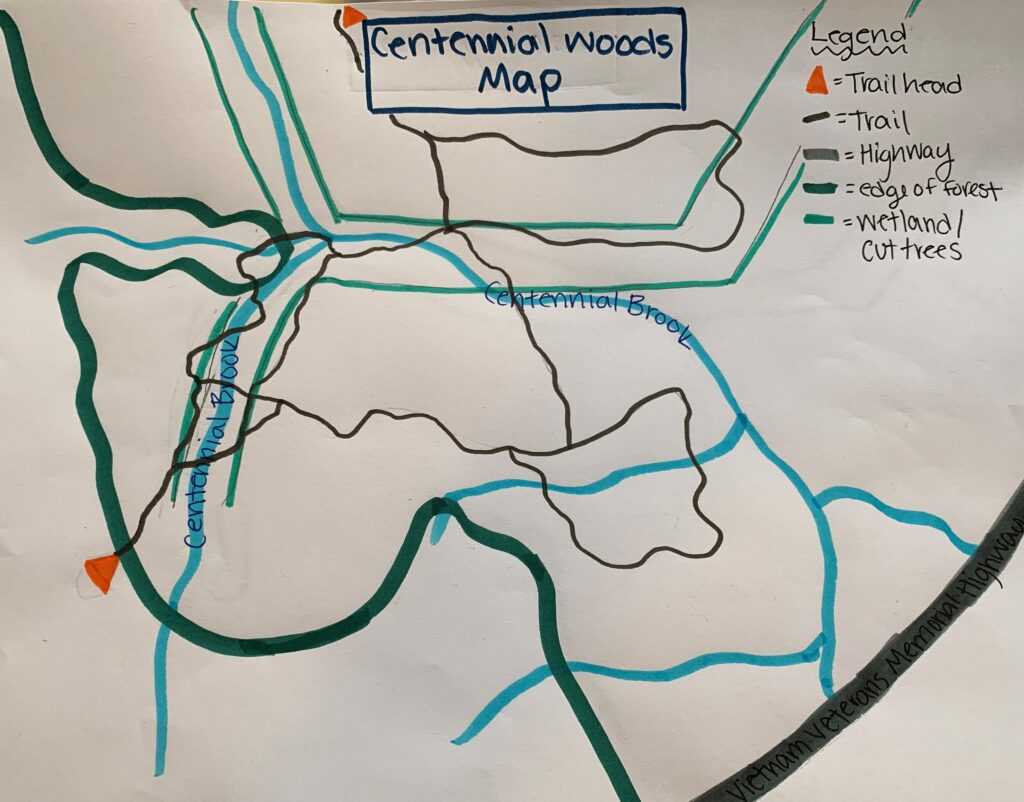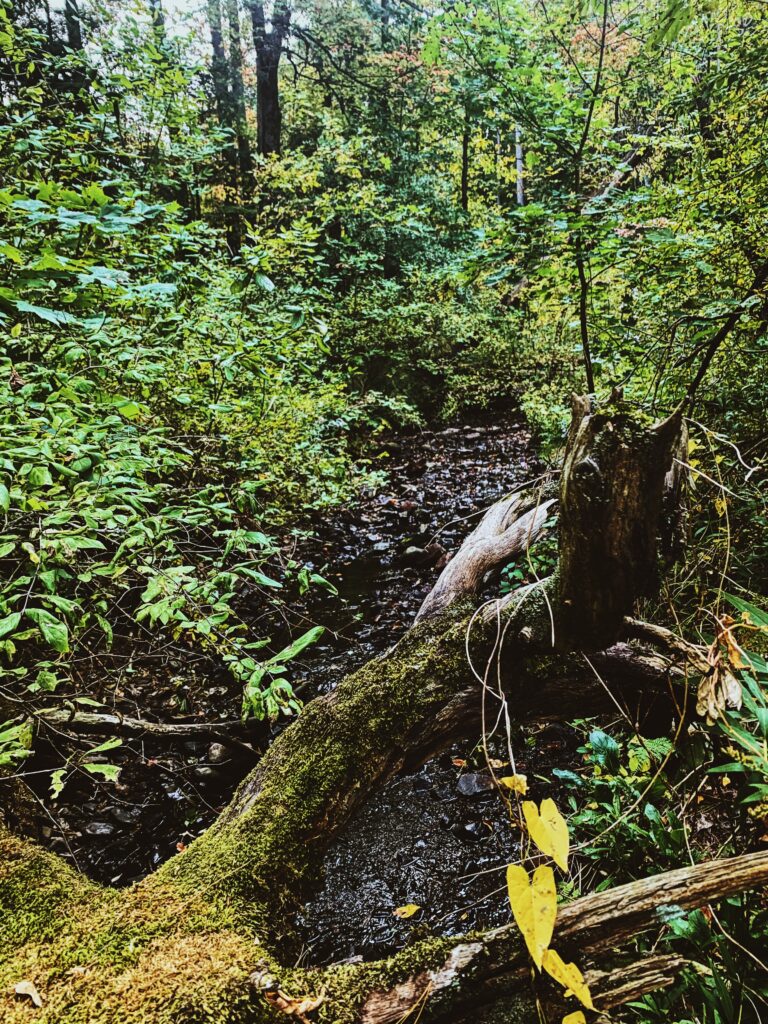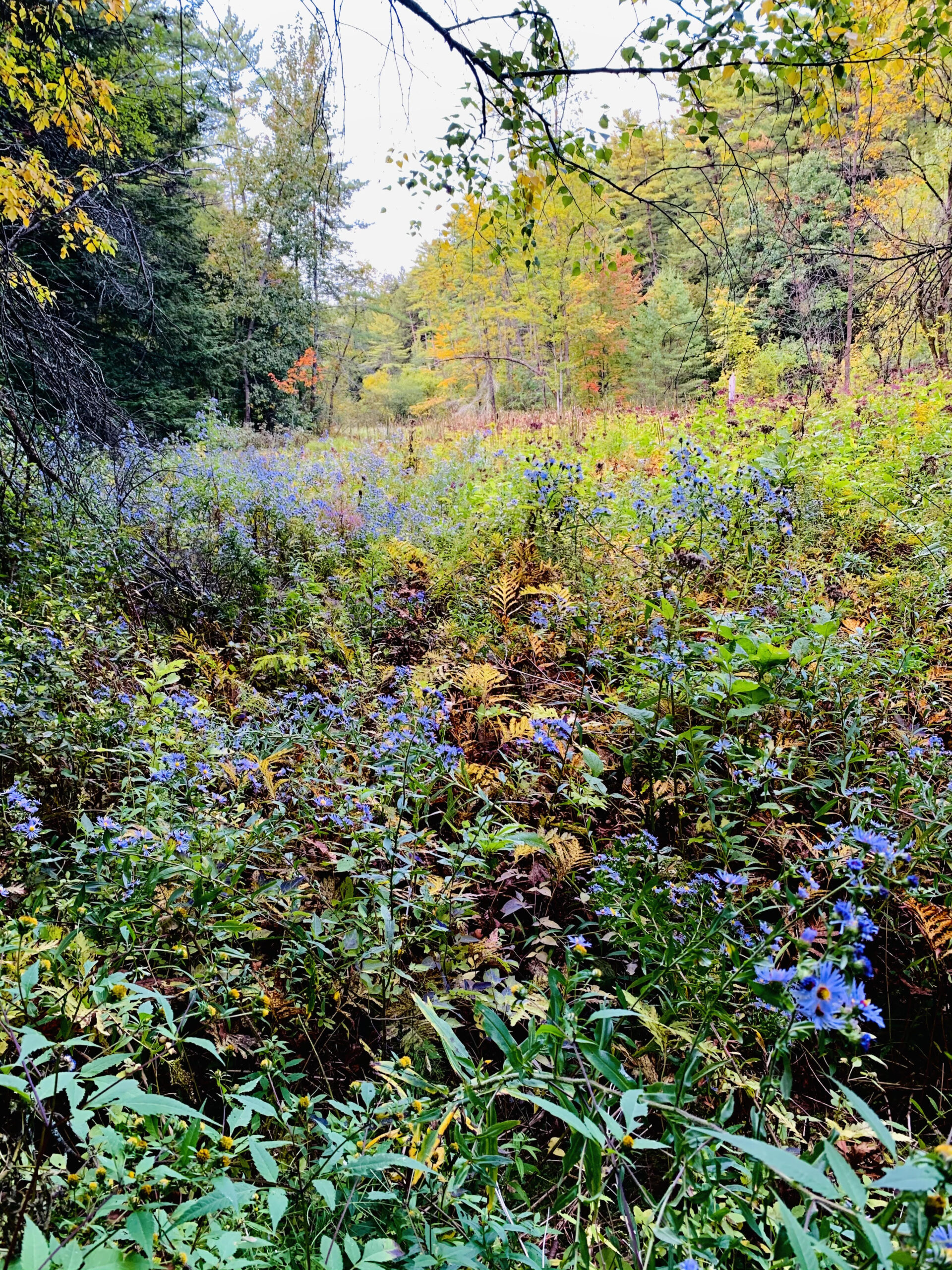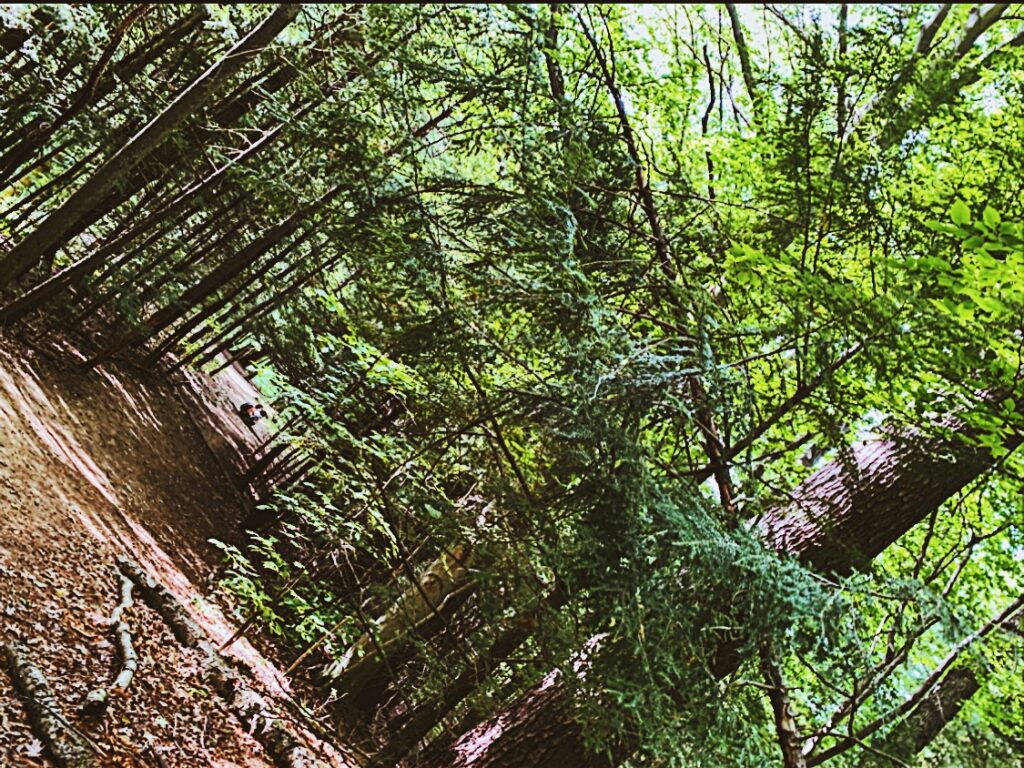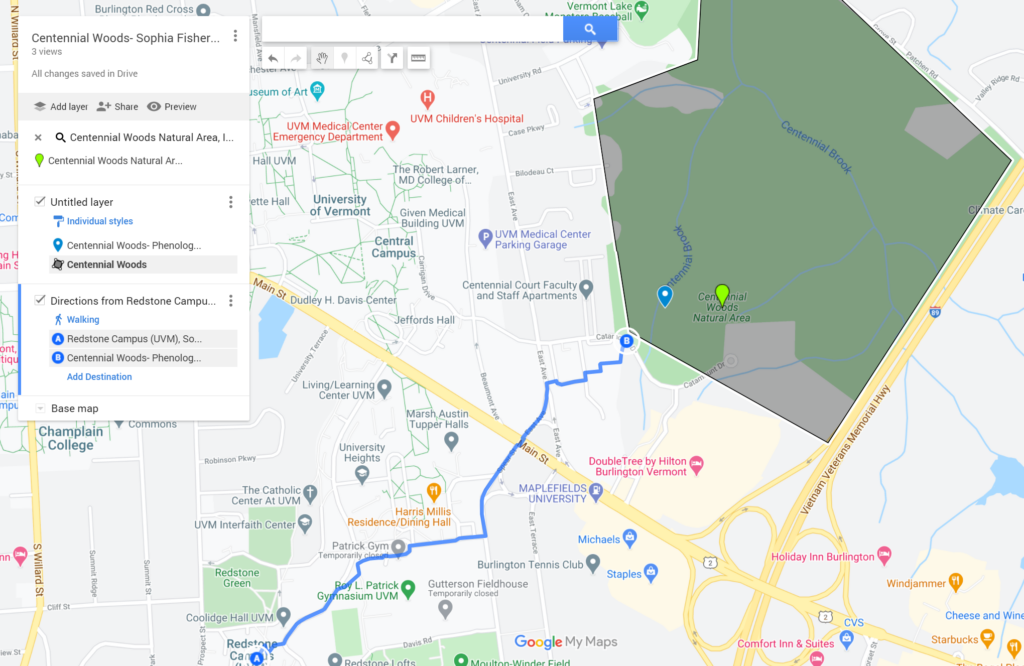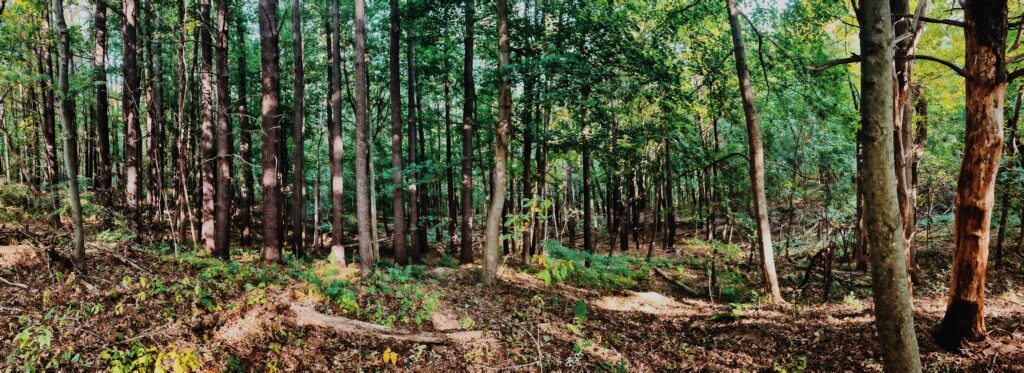Phenology Update:
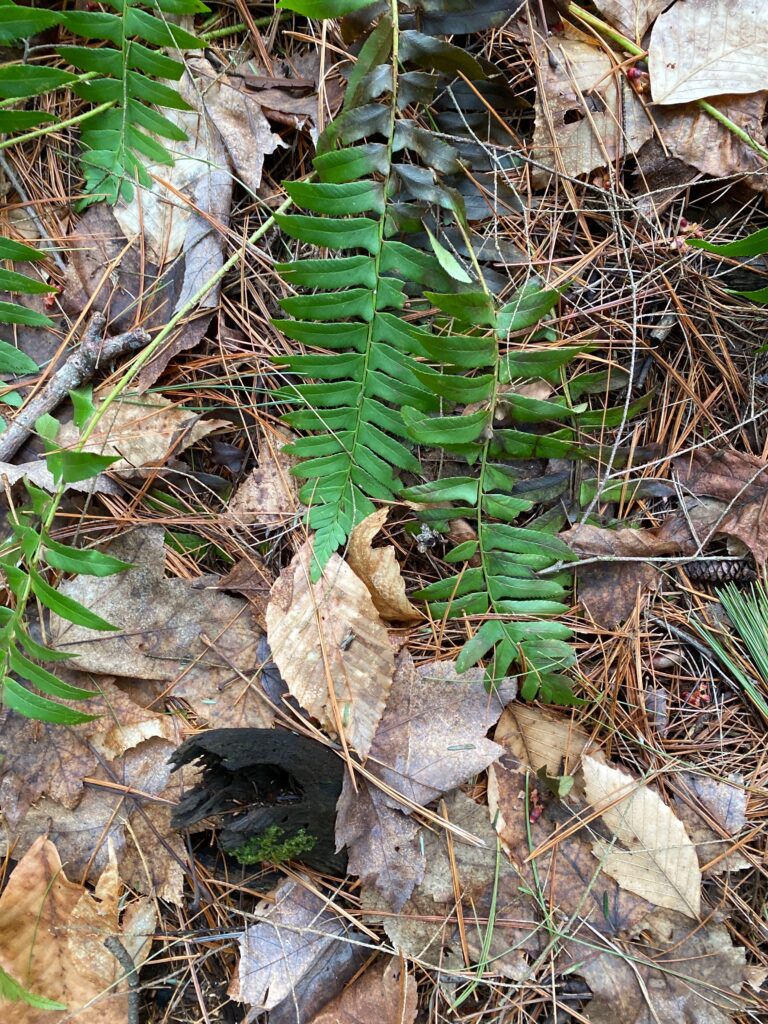
With the harsh cold months coming to a close, the transition between winter and spring was clearly evident in my most recent visit to my phenology location. Previously, the entirety of Centennial Woods was covered in snow, and the only signs of active life were the sounds of birds chirping and the dormant trees. With the temperature increasing, the snow has melted and plants have begun to leave their dormant state. The picture to the right displays a plant commonly known as Christmas Fern. This plant prefers rock/sandy soil in shaded or semi-open areas. This vegetation was not seen in my last visit to centennial woods.
Throughout my most recent visit to Centennial Woods, I came across a variety of different vegetation, and I saw signs of animal presence close to the stream that runs through the middle of the woods.
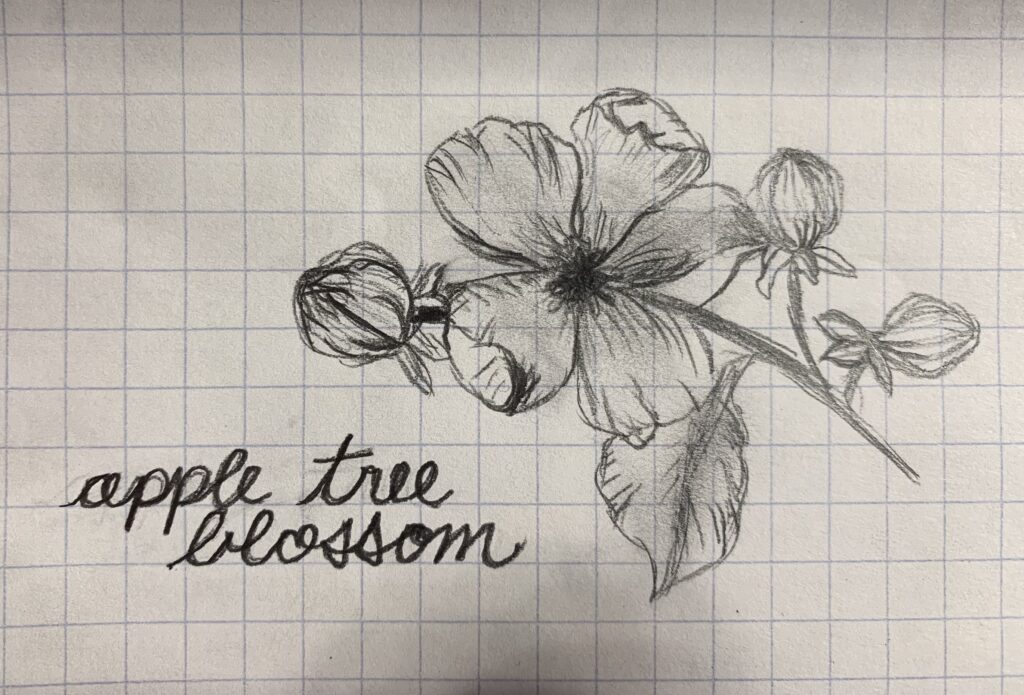
Right outside the entrance to Centennial woods is an Apple Tree which is blossoming at the moment. The picture to the right is a sketch of the flowers on the Apple Tree. Cross pollination happens during this time of year, and it is essential to producing fruit. Bees and other insects, which are starting to come out with the warmer temperature, are responsible for this cross pollination.
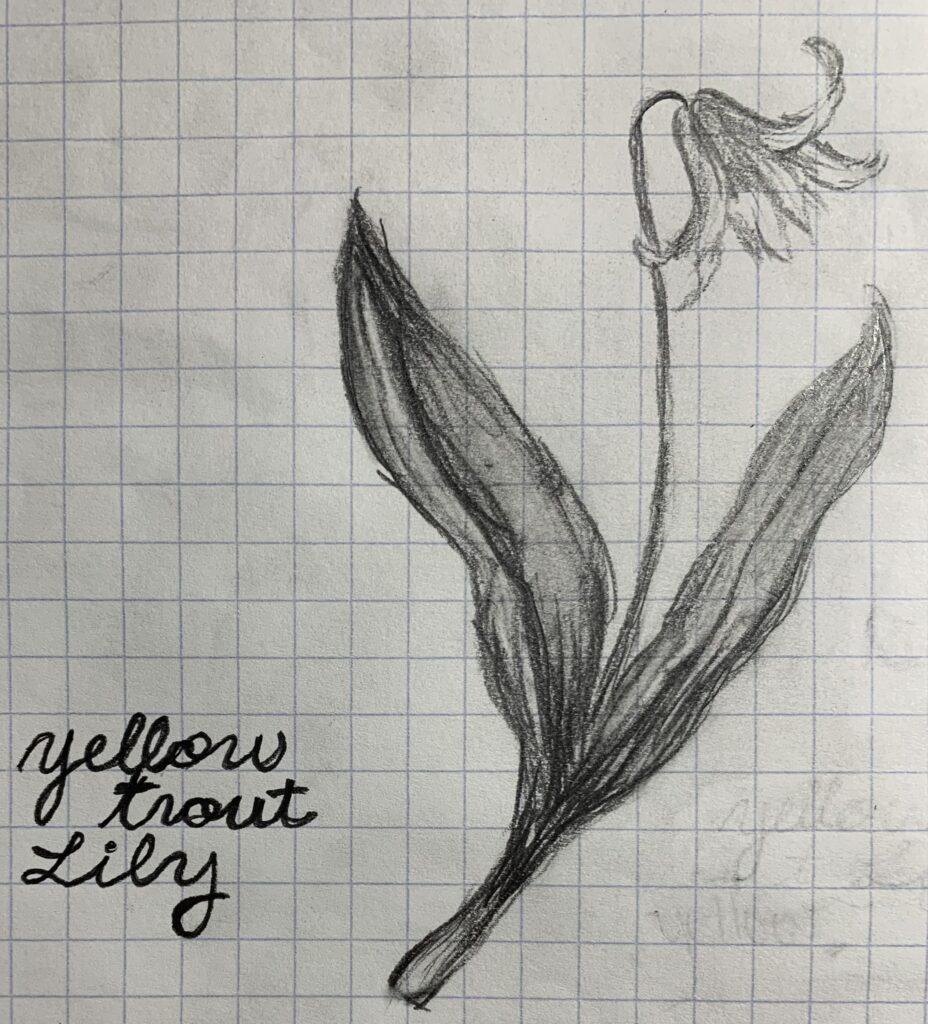
Additionally, I came across a patch of Yellow Trout Lily (shown to the right) in Centennial Woods. Yellow Trout Lily are one of the earliest flowering lilies in the New England, taking advantage of the sun before the trees leaf out. This flower attracts long-tonged insects like queen bun-blebees and soldier beetles.
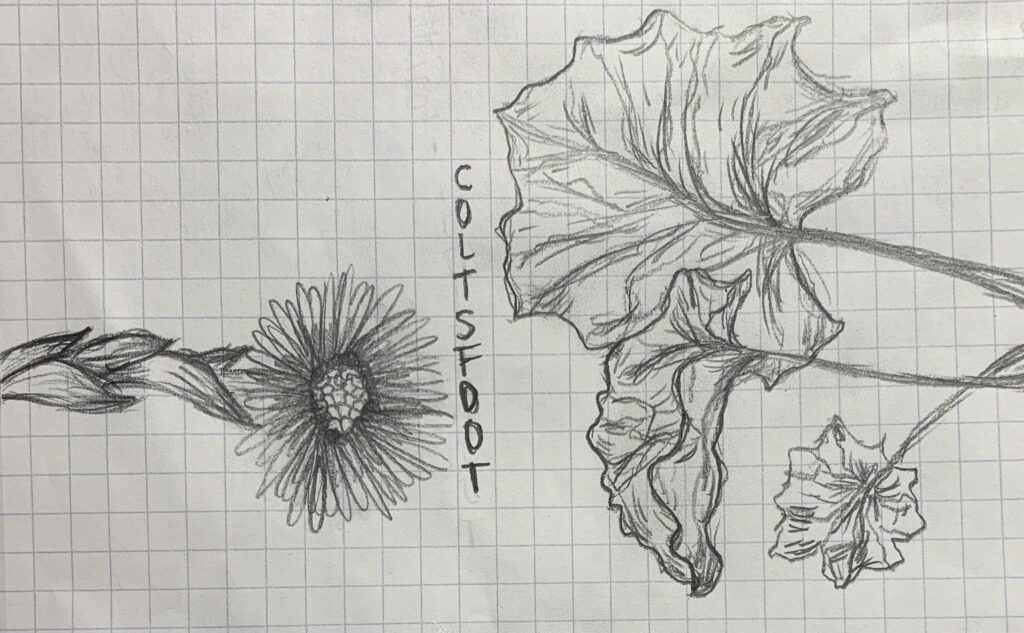
Coltsfoot, commonly mistaken for dandelions, are also starting to sprout right now. Coltsfoot are one of the earliest blooming wildflowers in new England, and can survive in lingering patches of snow and harsh soil conditions. their seeds are spread by the wind.
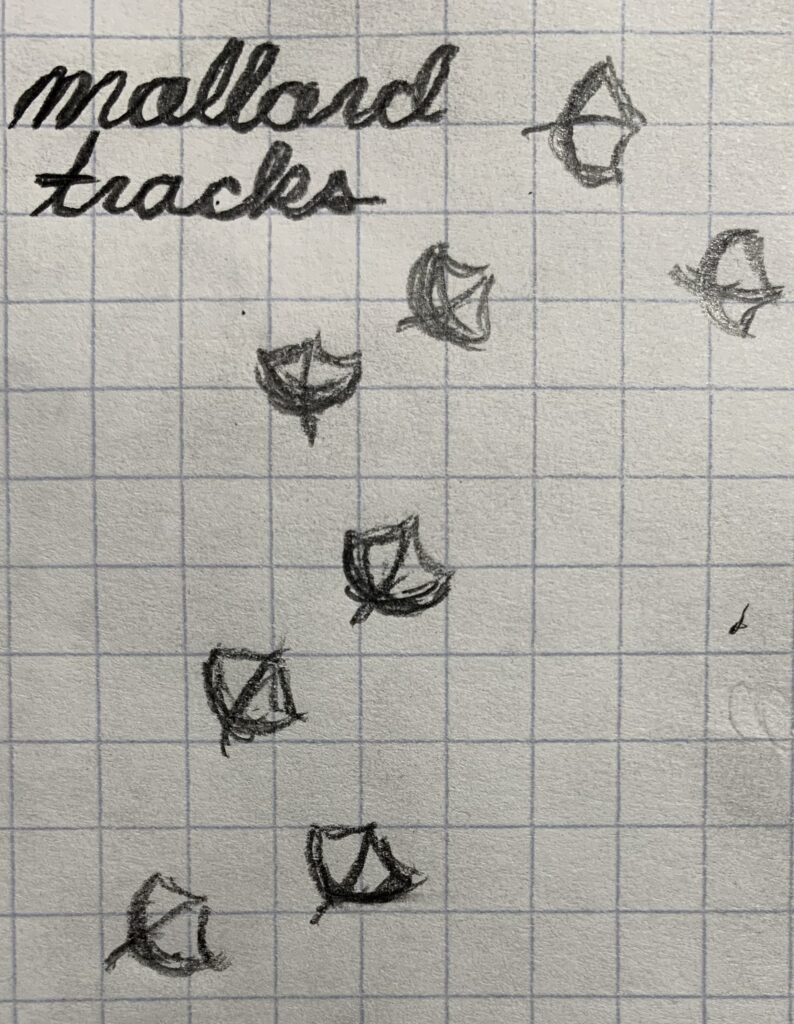
I also observed signs of animal life on my trip to Centennial this past week. I saw mallard tracks in the mud lining the bank of the stream that runs through the middle of Centennial. Females lay their eggs in early spring. As migratory birds, Mallards go south for the winter and return to raise their offspring in the north as the temperature increases in the warmer months.

Lastly, I also saw racoon tracks on my walk through Centennial along the stream bank. From January to June, females give birth to their offspring, referred to as “kits”. In spring, racoons primarily eat insects, worms, and other animals that are immediately available. Because of this diet, it is not uncommon to see the racoons weight drop noticeable in the spring months.
Below is a species diagram of Centennial Woods…
